Home>Gardening & Outdoor>Landscaping Ideas>How To Kill Crabgrass
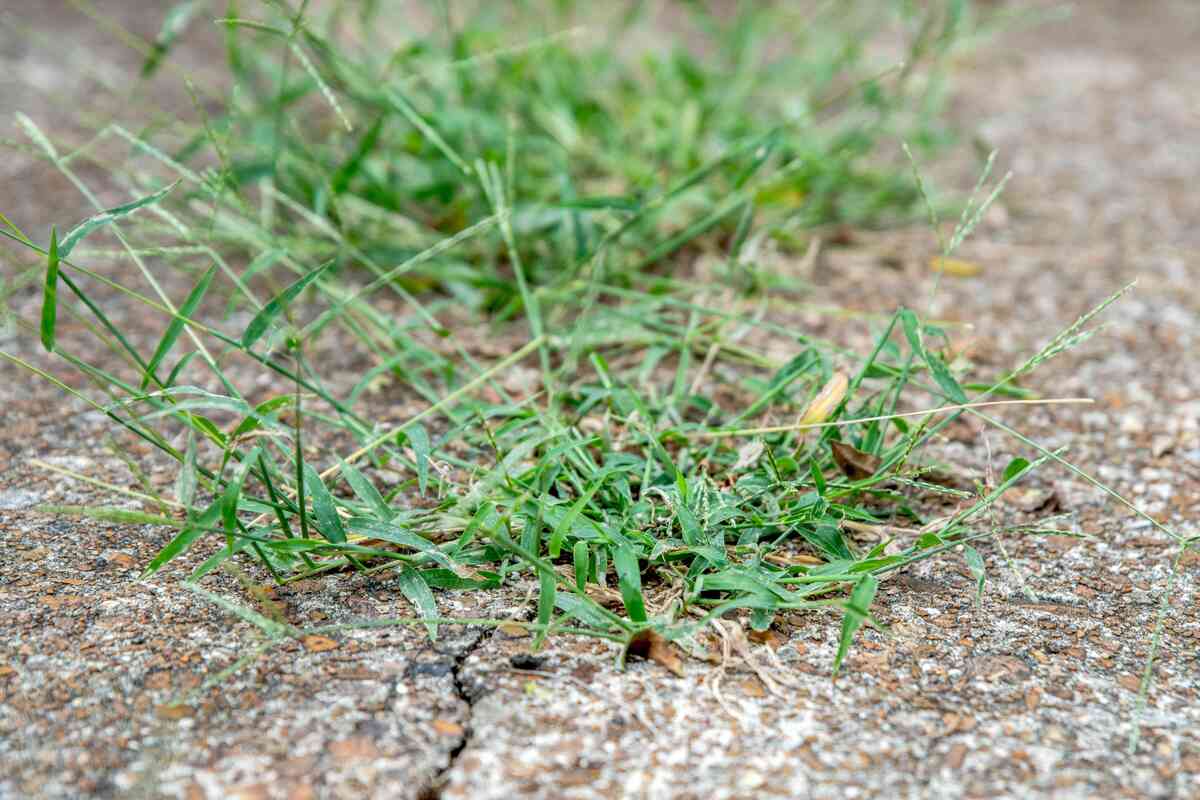

Landscaping Ideas
How To Kill Crabgrass
Modified: February 18, 2024
Learn effective landscaping ideas to kill crabgrass and keep your lawn healthy. Discover expert tips and techniques for controlling crabgrass growth.
(Many of the links in this article redirect to a specific reviewed product. Your purchase of these products through affiliate links helps to generate commission for Storables.com, at no extra cost. Learn more)
Introduction
Welcome to the battle against crabgrass! Whether you’re a seasoned gardener or just starting to explore the world of landscaping, dealing with crabgrass is a common challenge that many face. This invasive weed can quickly take over a lush green lawn, turning it into a patchy eyesore. But fear not, as we’re here to arm you with the knowledge and strategies needed to reclaim your lawn and prevent future crabgrass invasions.
In this comprehensive guide, we’ll delve into the world of crabgrass, exploring its characteristics, understanding its growth patterns, and most importantly, discovering effective methods to prevent and eliminate it. From chemical controls to natural remedies, we’ll cover a wide array of strategies, ensuring that you have the tools to combat crabgrass in a way that aligns with your landscaping preferences.
So, grab your gardening gloves and let’s dive into the world of crabgrass, learning how to effectively prevent and eradicate this persistent weed while nurturing a healthy and vibrant lawn.
Key Takeaways:
- Combat crabgrass by maintaining a healthy lawn, overseeding bare patches, and using pre-emergent herbicides to prevent its growth. These proactive measures help preserve the beauty of your lawn and reduce the chances of crabgrass invasion.
- To eliminate existing crabgrass, consider hand pulling for small patches, spot treating with herbicides, overseeding treated areas, and adjusting irrigation practices. These strategies can help restore the uniformity and vitality of your lawn.
Read more: What Kills Crabgrass In Lawns
Understanding Crabgrass
Before we can effectively combat crabgrass, it’s essential to understand this persistent weed. Crabgrass, scientifically known as Digitaria, is an annual grassy weed that thrives in warm climates and can quickly take over lawns if left unchecked. Its quick growth and ability to produce thousands of seeds make it a formidable opponent in the battle for a pristine lawn.
Crabgrass is characterized by its low-growing, spreading nature, which allows it to outcompete desirable grass species. Its distinctive wide blades and prostrate growth habit make it easily recognizable, especially as it begins to invade lawns during the warmer months. Understanding the life cycle of crabgrass is crucial for effective control. It typically germinates in late spring and early summer when soil temperatures reach around 55 to 60 degrees Fahrenheit, making these periods critical for preventative measures.
Crabgrass can quickly establish itself in bare or thin areas of the lawn, where it competes for essential nutrients, water, and sunlight, often leaving the surrounding grass weakened and vulnerable to further invasion. Additionally, its prolific seed production ensures that even a single plant can lead to widespread infestation in subsequent years.
By familiarizing ourselves with the growth habits and characteristics of crabgrass, we can better anticipate its appearance and implement proactive measures to prevent its establishment. In the next sections, we will explore effective strategies for preventing and eradicating crabgrass, empowering you to reclaim your lawn and maintain its lush, healthy appearance.
Preventing Crabgrass
Prevention is often the most effective strategy when it comes to managing crabgrass. By implementing proactive measures, you can significantly reduce the likelihood of a crabgrass invasion, sparing your lawn from the unsightly blemishes caused by this persistent weed. Here are some key steps to prevent crabgrass from taking hold in your lawn:
- Maintain a Healthy Lawn: A dense, healthy lawn is your first line of defense against crabgrass. By promoting the vigorous growth of desirable grass species through proper watering, fertilization, and mowing practices, you can create an environment that makes it difficult for crabgrass to establish itself.
- Overseed Bare Patches: Bare or thin areas in the lawn provide an open invitation for crabgrass to take root. By overseeding these areas with quality grass seed, you can fill in the gaps and minimize the opportunities for crabgrass to invade.
- Timing is Key: Understanding the germination period of crabgrass is crucial. Applying pre-emergent herbicides in early spring, before soil temperatures reach the threshold for crabgrass germination, can effectively prevent its growth. These herbicides create a barrier in the soil, inhibiting the germination of crabgrass seeds.
- Proper Mowing Practices: Maintaining the proper mowing height for your grass type can promote a dense turf that inhibits crabgrass growth. Additionally, removing no more than one-third of the grass blade during each mowing session helps to maintain a healthy lawn, reducing stress and vulnerability to weed invasion.
- Monitor and Address Drainage Issues: Poor drainage can lead to thin, weak areas in the lawn, creating ideal conditions for crabgrass to take hold. Addressing drainage issues and improving soil structure can contribute to a healthier lawn that is less susceptible to weed infestations.
By implementing these preventative measures, you can create an environment that discourages the establishment and proliferation of crabgrass, preserving the beauty and integrity of your lawn. In the next section, we will explore effective methods for eradicating existing crabgrass, should prevention efforts fall short.
Killing Crabgrass
Despite our best efforts at prevention, crabgrass may still find its way into our lawns. When faced with existing crabgrass invasions, it’s essential to take decisive action to eliminate this persistent weed and reclaim the lush, uniform appearance of your lawn. Here are effective strategies for killing crabgrass:
- Hand Pulling: For small patches of crabgrass, hand pulling can be an effective and environmentally friendly method of eradication. Ensure to remove the entire plant, including the roots, to prevent regrowth.
- Spot Treat with Herbicides: Selective herbicides formulated specifically for grassy weeds, including crabgrass, can be applied as spot treatments to target and eliminate existing infestations. Carefully follow the product instructions and avoid overspray onto desirable plants.
- Overseed Treated Areas: After eliminating crabgrass from specific areas, overseeding can help fill in the spaces and promote the growth of desirable grass, reducing the likelihood of crabgrass reinfestation.
- Utilize a Dethatcher: Thatch, a layer of dead organic matter, can provide an ideal environment for crabgrass to take hold. Using a dethatching tool can help remove this layer, disrupting the habitat that supports crabgrass growth.
- Adjust Irrigation Practices: Crabgrass thrives in dry, stressed lawns. Adjusting your irrigation practices to ensure proper and consistent watering can promote the health of desirable grass species while discouraging crabgrass growth.
By employing these strategies, you can effectively target and eliminate existing crabgrass infestations, restoring the uniformity and vitality of your lawn. However, for larger or more persistent crabgrass invasions, additional measures may be necessary, as explored in the following sections.
To kill crabgrass, apply a pre-emergent herbicide in early spring before the soil temperature reaches 55°F. This will prevent the seeds from germinating.
Chemical Control
When faced with widespread or persistent crabgrass infestations, chemical control methods can provide targeted and efficient eradication. It’s important to approach chemical control with caution, ensuring that the selected herbicides are appropriate for the specific type of grass and are applied in accordance with the product instructions. Here are key considerations and strategies for utilizing chemical control to combat crabgrass:
- Pre-Emergent Herbicides: Pre-emergent herbicides, when applied at the right time, create a barrier in the soil, preventing crabgrass seeds from germinating. These products are most effective when applied in early spring, prior to the germination period of crabgrass, and require thorough watering to activate their protective barrier.
- Selective Post-Emergent Herbicides: Selective herbicides formulated for post-emergent control of grassy weeds, such as crabgrass, can effectively target and eliminate existing infestations without harming desirable grass species. Carefully read and follow the product instructions to ensure proper application and minimize the risk to non-target plants.
- Professional Application: In cases of extensive crabgrass infestations or when dealing with sensitive lawn areas, seeking the expertise of a professional applicator can ensure precise and effective herbicide application, minimizing the risk of damage to desirable plants and maximizing the control of crabgrass.
- Follow-Up Maintenance: After applying herbicides, it’s essential to monitor the treated areas and provide appropriate follow-up care, such as overseeding and promoting the recovery of the lawn. This helps to fill in the spaces left by the eradicated crabgrass and prevents the re-establishment of weeds.
When using chemical control methods, it’s important to prioritize safety and environmental responsibility. Carefully store and handle herbicides according to the manufacturer’s guidelines, and consider alternative control methods for sensitive areas, such as near water bodies or in organic landscapes. By approaching chemical control with care and precision, you can effectively combat crabgrass infestations while safeguarding the overall health and beauty of your lawn.
Read more: How To Kill Crabgrass In Your Lawn
Natural Control
For those seeking environmentally friendly and natural alternatives to chemical control methods, several strategies can effectively combat crabgrass while promoting the overall health of the lawn. These natural control methods offer sustainable solutions that align with eco-conscious landscaping practices. Here are key approaches to natural crabgrass control:
- Cultural Practices: Emphasizing cultural practices that promote the vigor of desirable grass species can naturally suppress crabgrass growth. This includes proper watering, mowing at the appropriate height, and providing adequate nutrients through organic fertilization.
- Manual Removal: Hand pulling or using a weeding tool to remove individual crabgrass plants can be an effective natural control method, especially for small infestations. Ensure to extract the entire plant, including the roots, to prevent regrowth.
- Corn Gluten Meal: Derived from corn, corn gluten meal is a natural pre-emergent herbicide that can inhibit the germination of crabgrass seeds. When applied at the appropriate time, it forms a barrier in the soil, preventing the establishment of new crabgrass plants.
- Vinegar Solutions: Acetic acid-based solutions, such as horticultural vinegar, can be used as a natural post-emergent herbicide to target and eliminate crabgrass. Care should be taken to apply these solutions directly to the weed, avoiding contact with desirable plants.
- Enhance Lawn Density: Overseeding with quality grass seed and promoting the density of the lawn through proper care can naturally inhibit crabgrass growth by minimizing available space and resources for weed establishment.
By integrating these natural control methods into your lawn care routine, you can effectively combat crabgrass while maintaining a sustainable and environmentally conscious approach to landscaping. These strategies not only target the immediate issue of crabgrass infestations but also contribute to the long-term health and resilience of your lawn, promoting a vibrant and weed-resistant landscape.
Conclusion
Congratulations on arming yourself with the knowledge and strategies needed to combat crabgrass and maintain a thriving, lush lawn. By understanding the characteristics of crabgrass, implementing preventative measures, and utilizing effective control methods, you have taken proactive steps to preserve the beauty and health of your landscape. Whether you prefer natural remedies or opt for targeted chemical control, the key is to tailor your approach to align with your landscaping preferences and environmental considerations.
Remember that a healthy lawn is your best defense against crabgrass and other invasive weeds. By prioritizing proper lawn care practices, such as regular watering, mowing at the appropriate height, and providing essential nutrients, you can create an environment that naturally suppresses weed growth while promoting the vigor of desirable grass species.
For persistent or extensive crabgrass infestations, a combination of preventative measures, targeted eradication, and follow-up maintenance can effectively restore the uniformity and vitality of your lawn. Whether you opt for natural control methods, chemical herbicides, or a blend of both, the goal is to achieve a balanced and sustainable approach to weed management.
As you continue to care for your lawn and navigate the challenges of weed control, remember that each season brings new opportunities to enhance and refine your landscaping practices. By staying informed about the latest developments in weed management and remaining attentive to the changing needs of your lawn, you can cultivate a landscape that thrives and delights throughout the year.
With your newfound knowledge and a touch of green-thumb enthusiasm, you are well-equipped to take on the battle against crabgrass and emerge victorious, enjoying a vibrant, weed-free lawn for seasons to come.
Frequently Asked Questions about How To Kill Crabgrass
Was this page helpful?
At Storables.com, we guarantee accurate and reliable information. Our content, validated by Expert Board Contributors, is crafted following stringent Editorial Policies. We're committed to providing you with well-researched, expert-backed insights for all your informational needs.
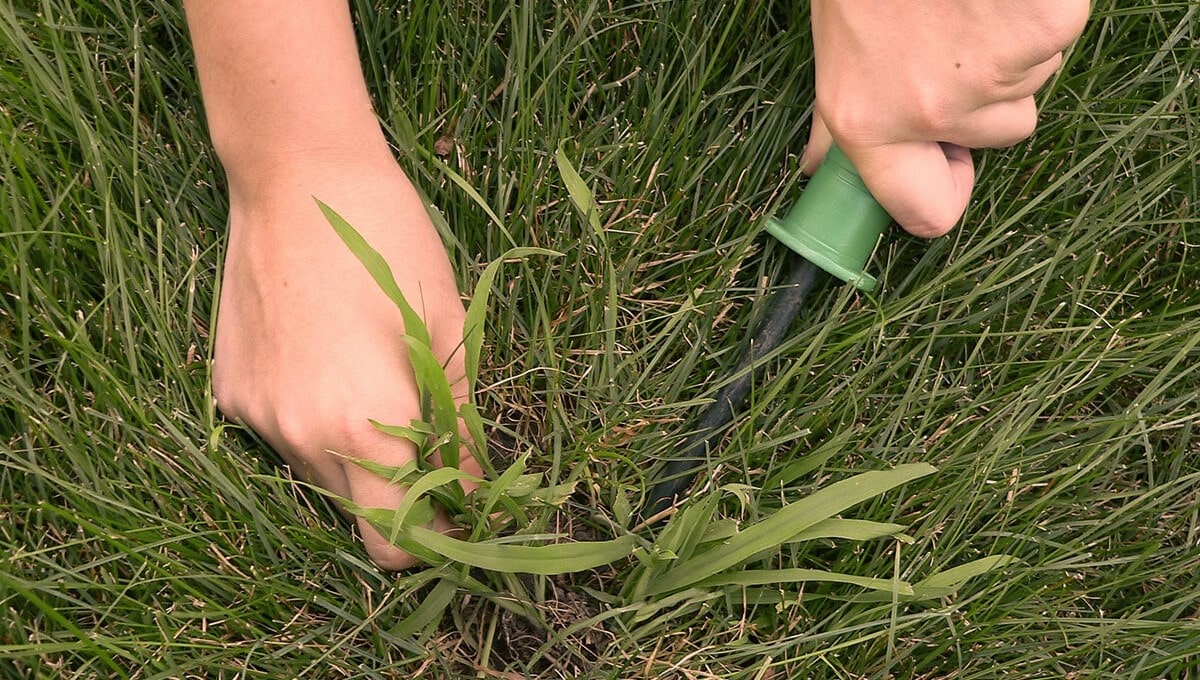

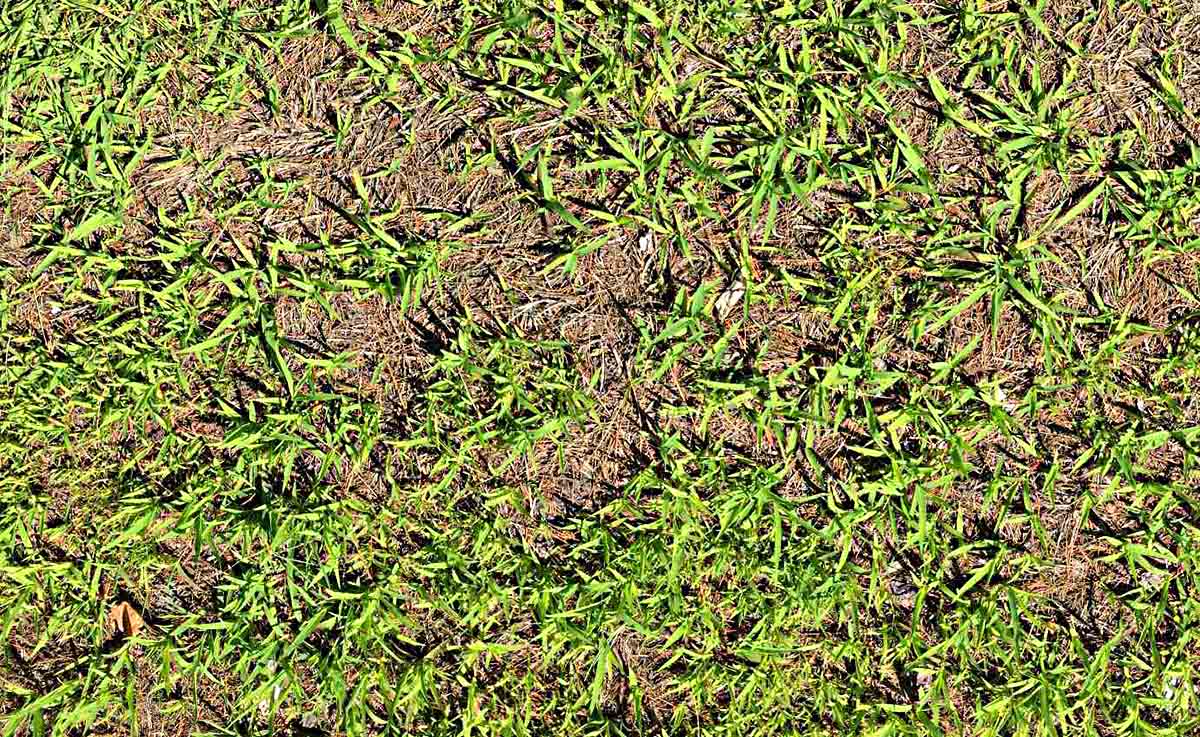
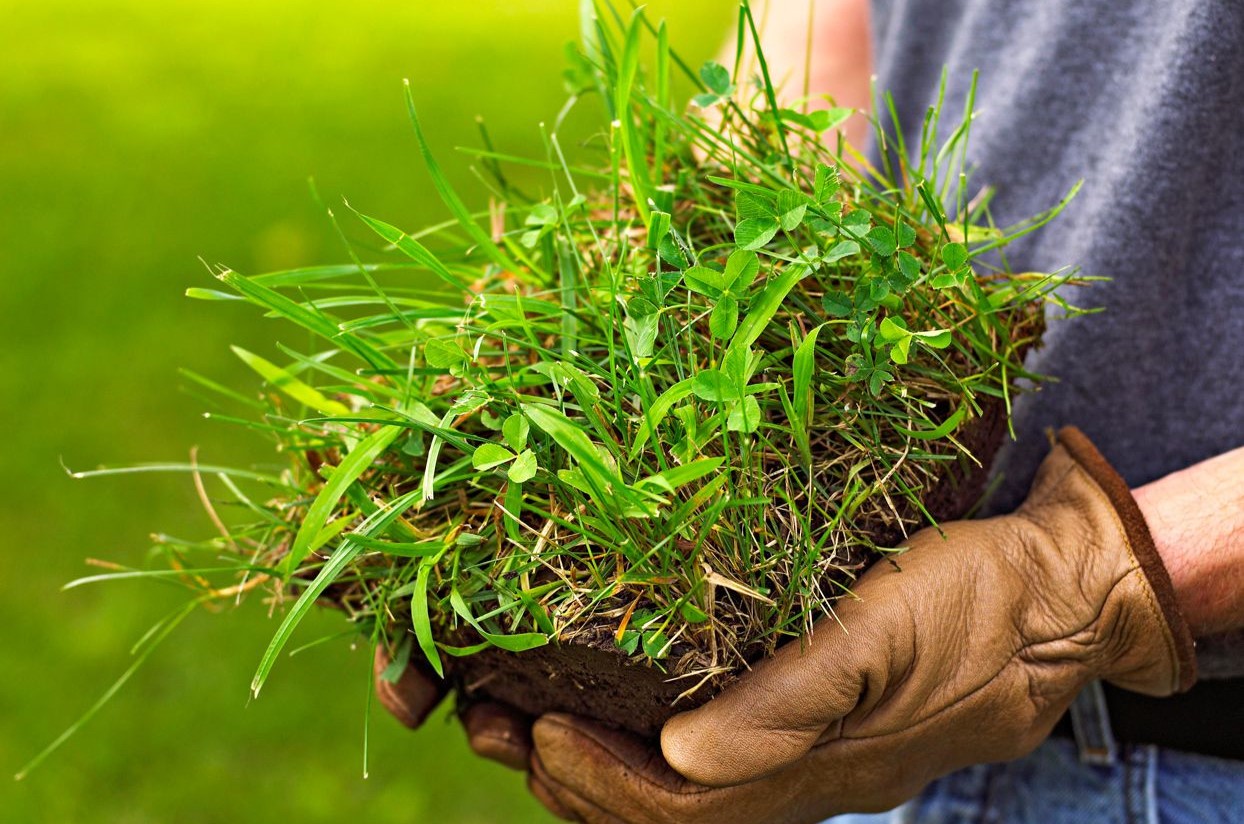


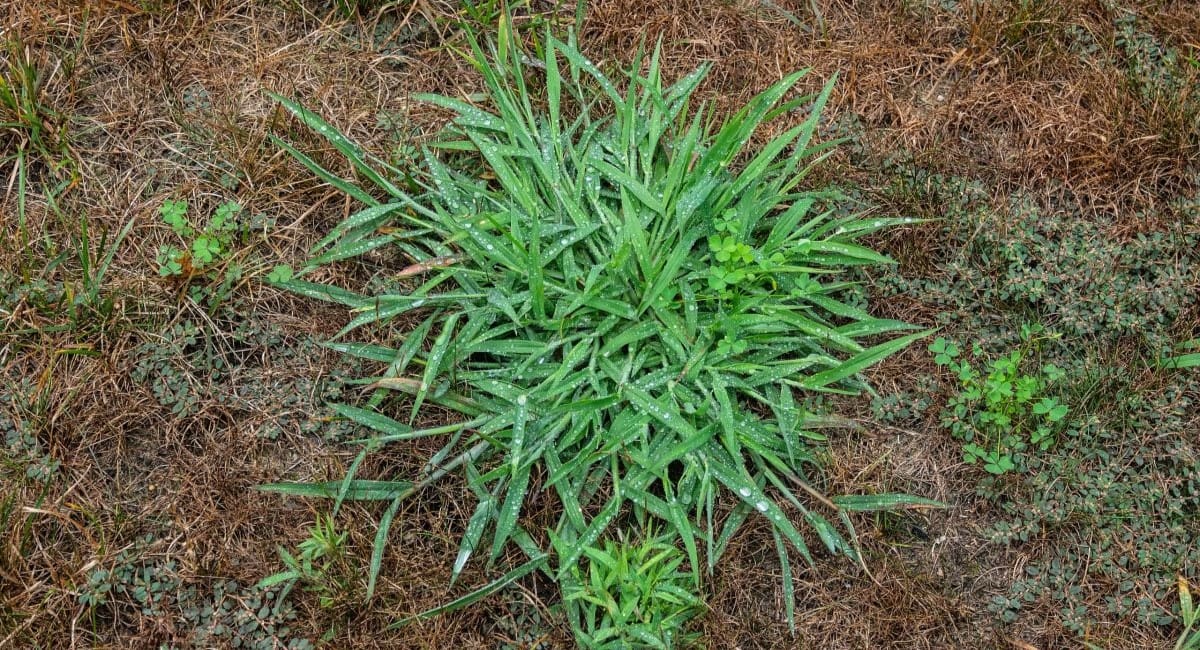
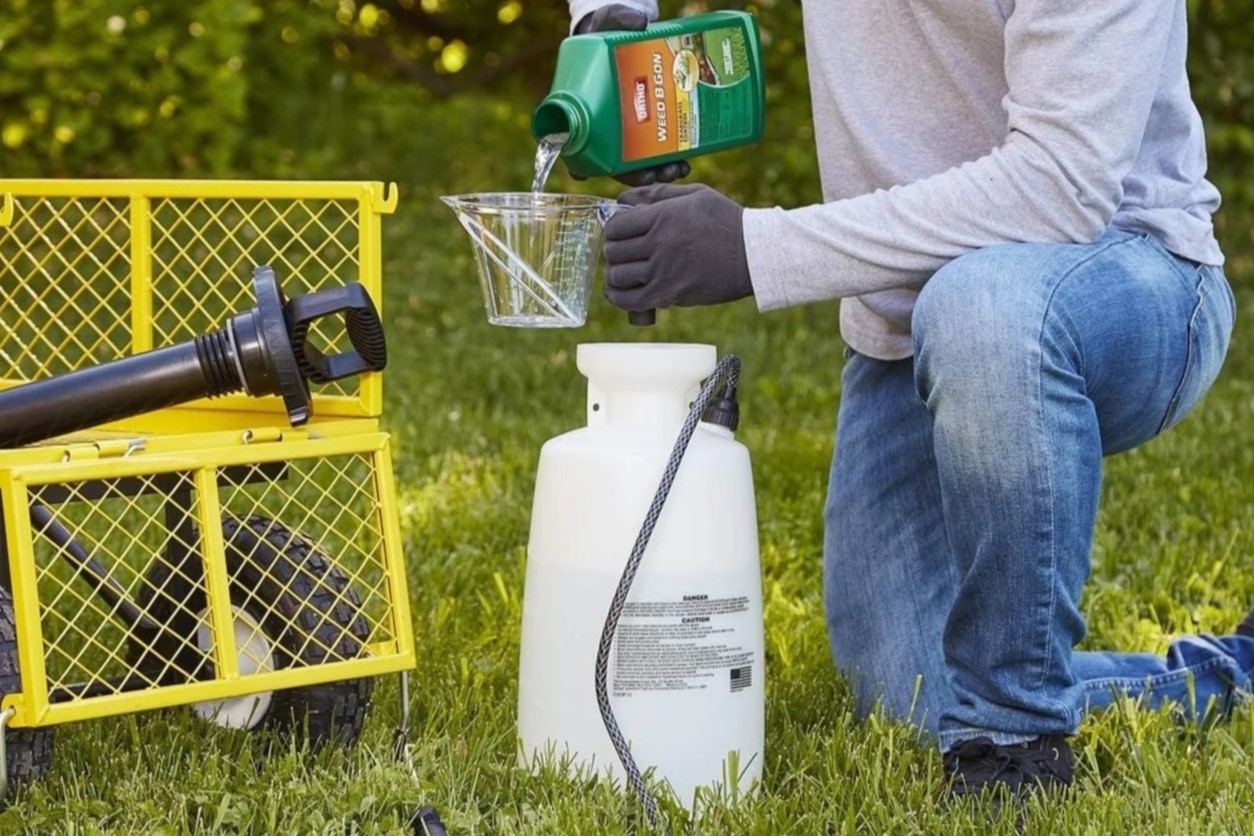
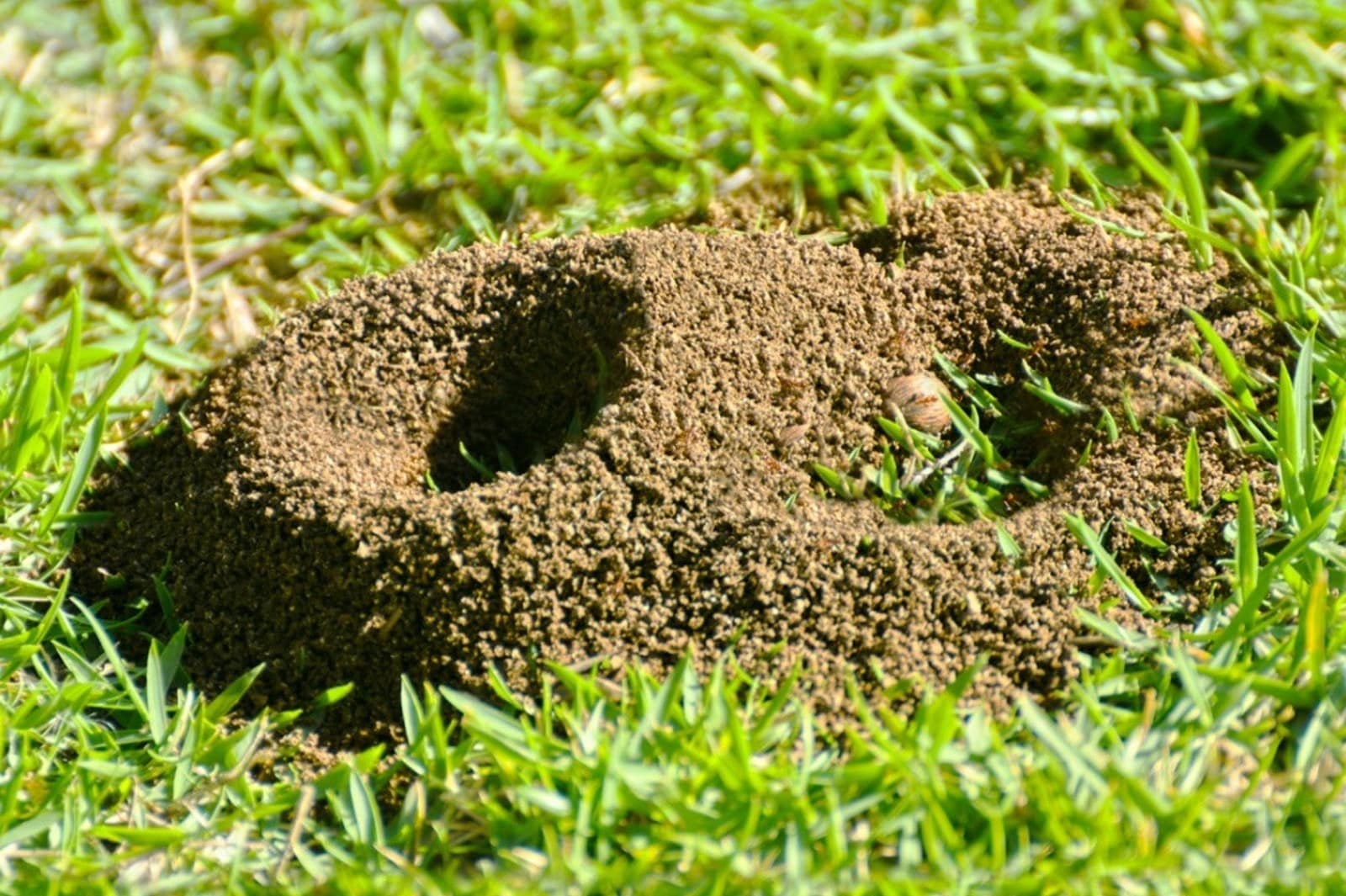
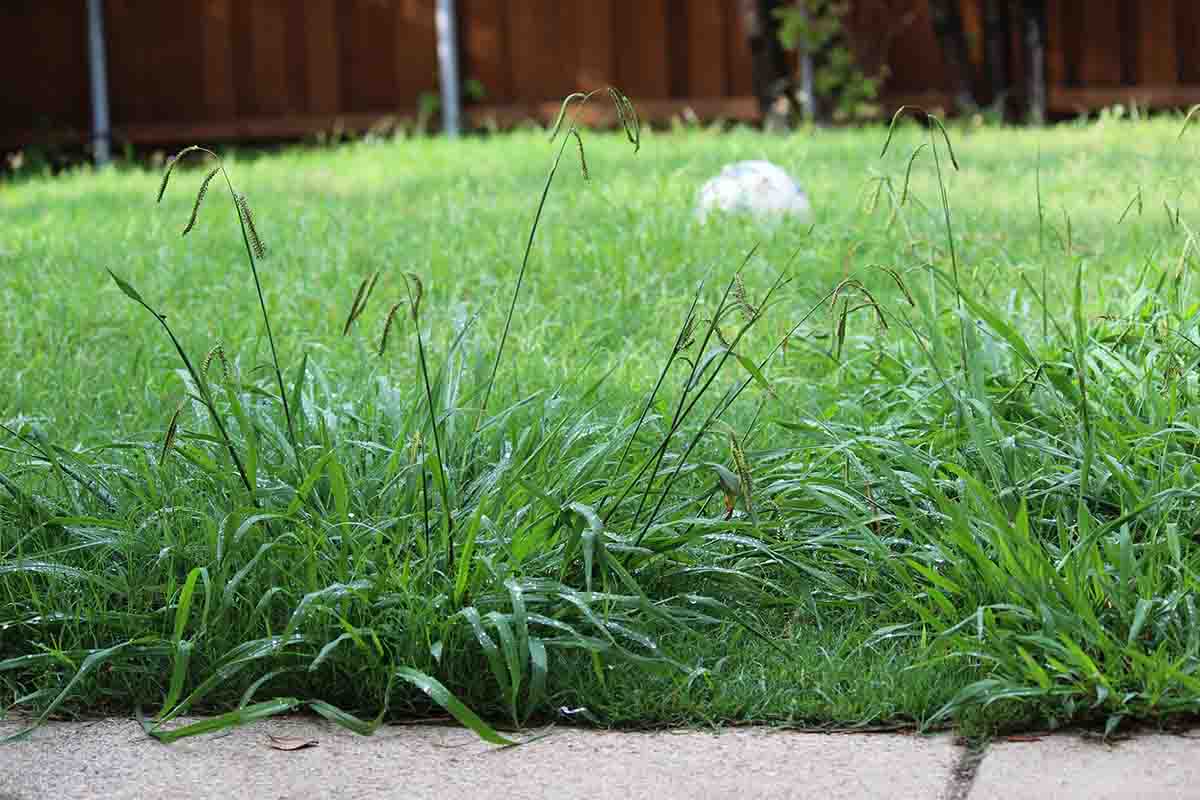
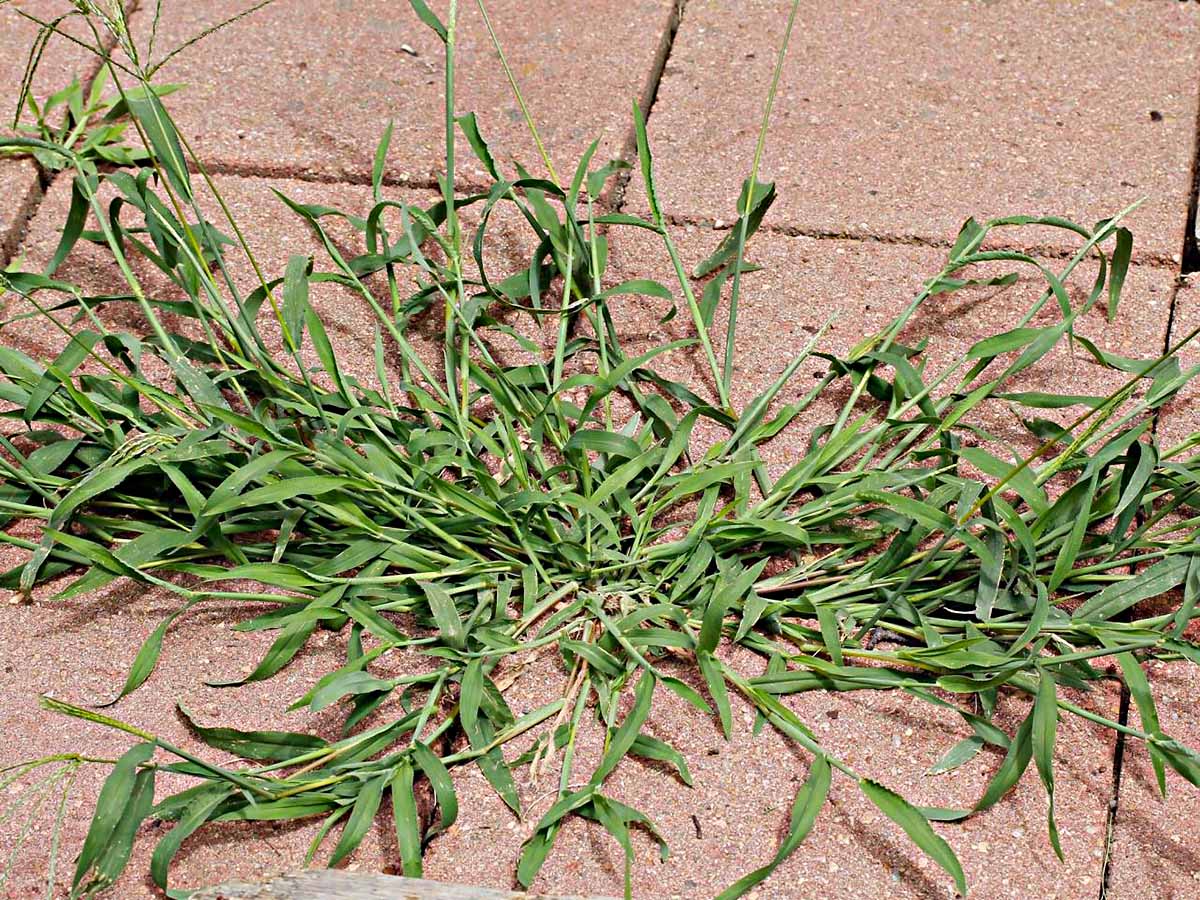
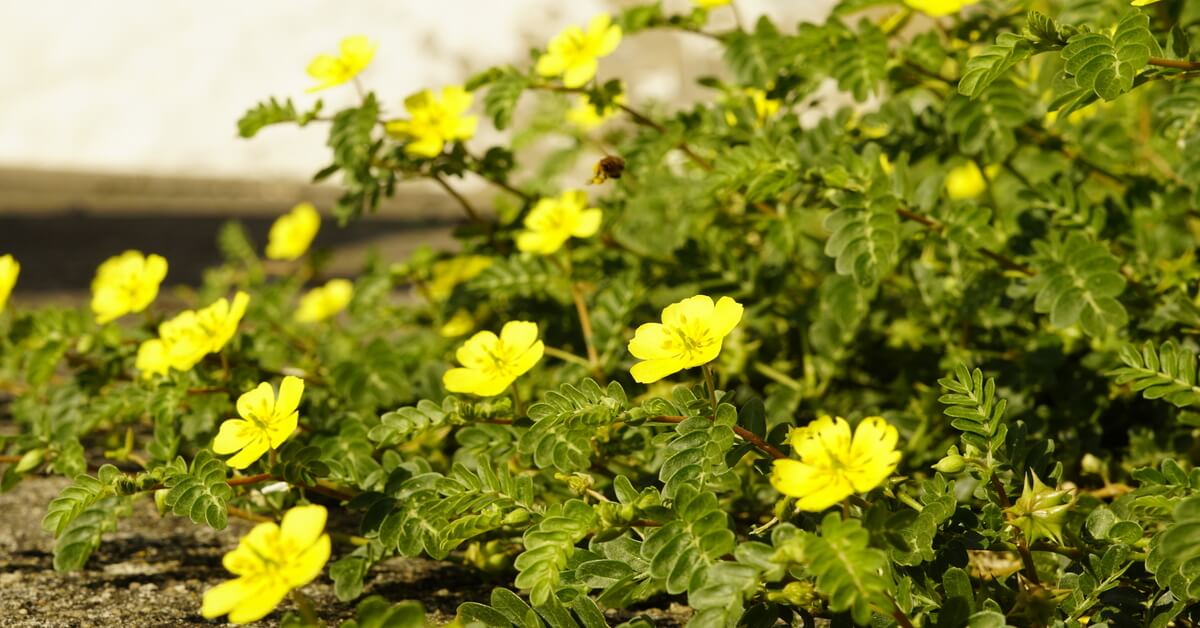
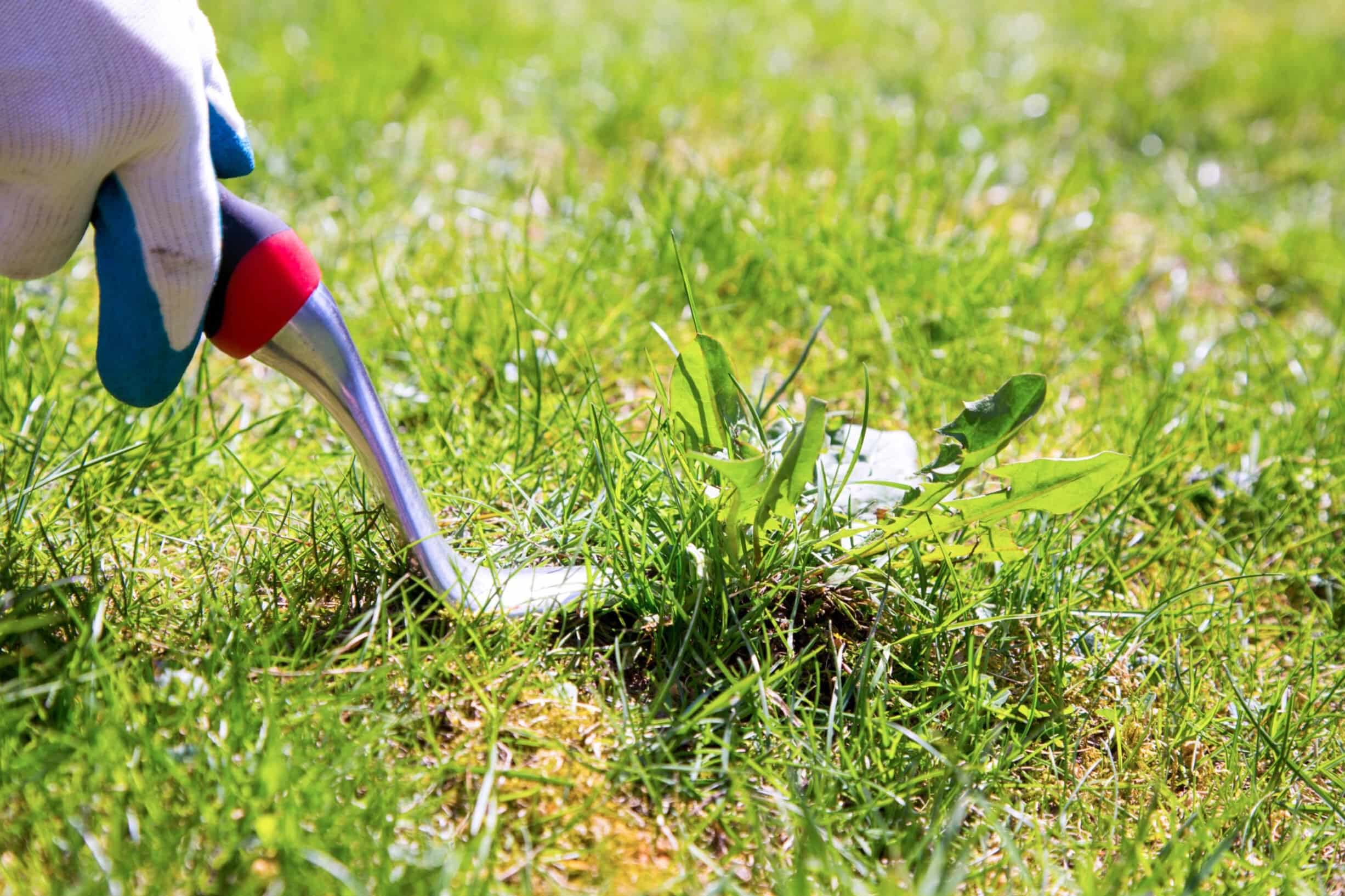
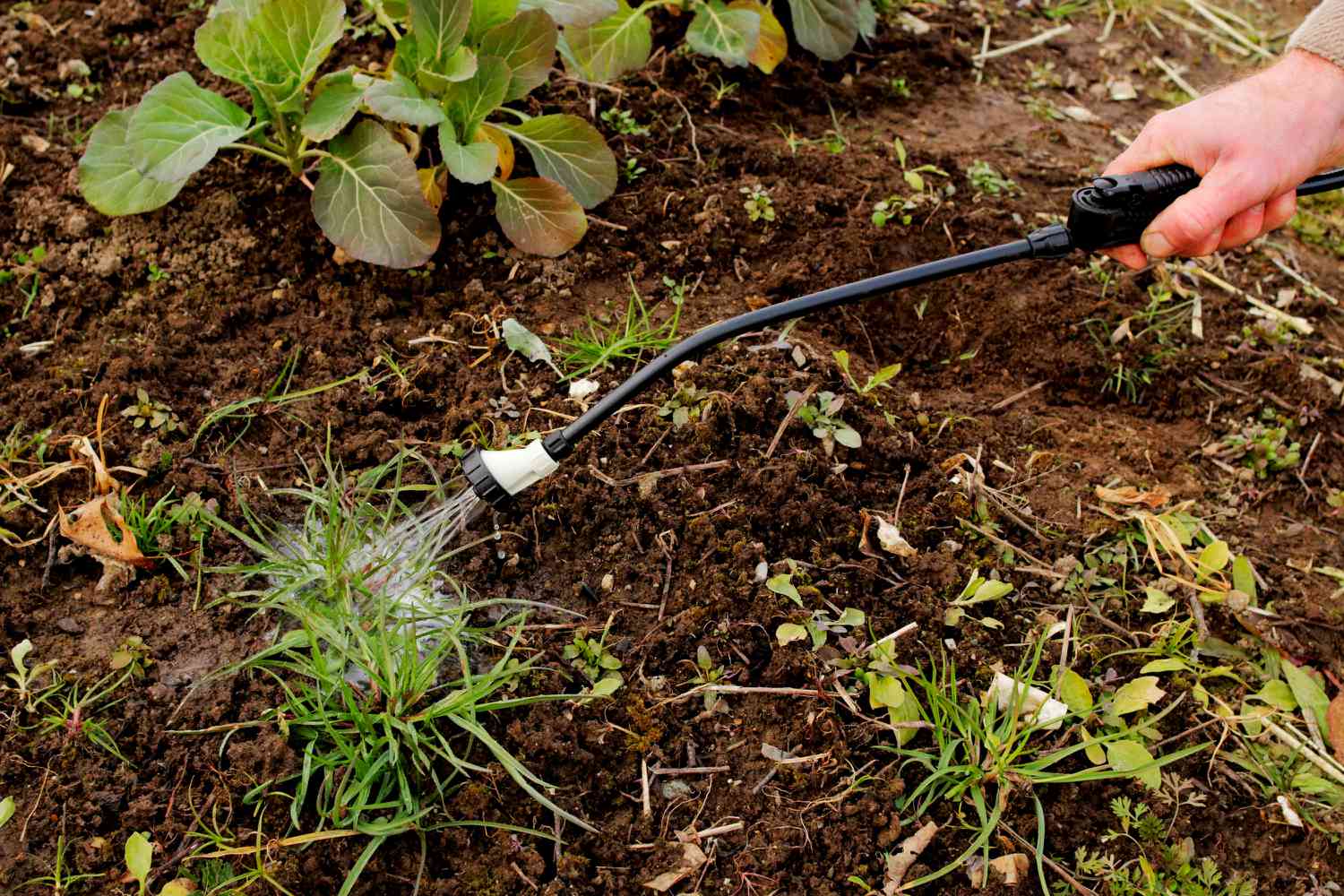

0 thoughts on “How To Kill Crabgrass”